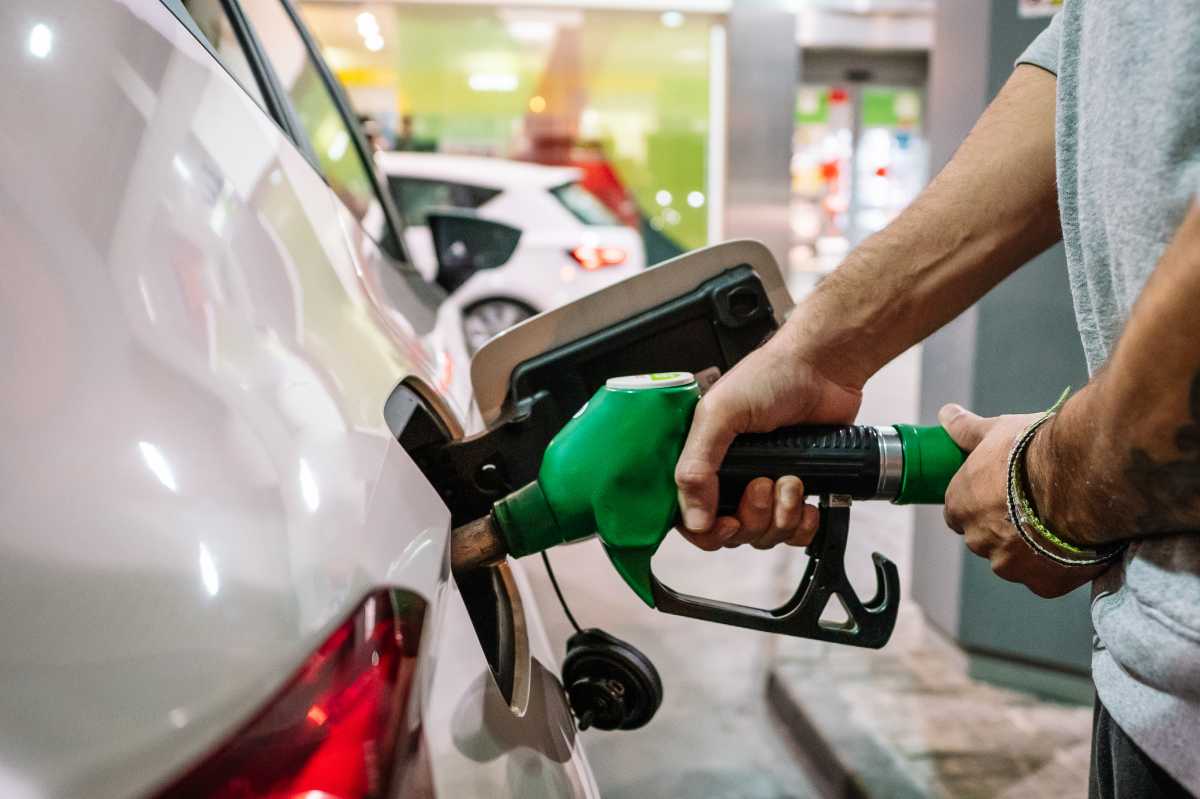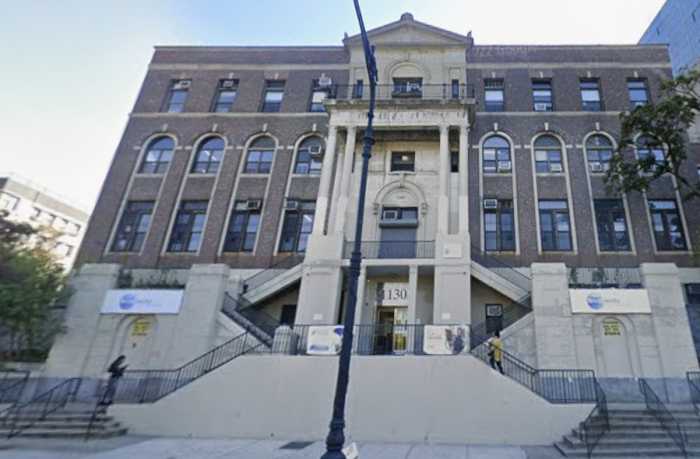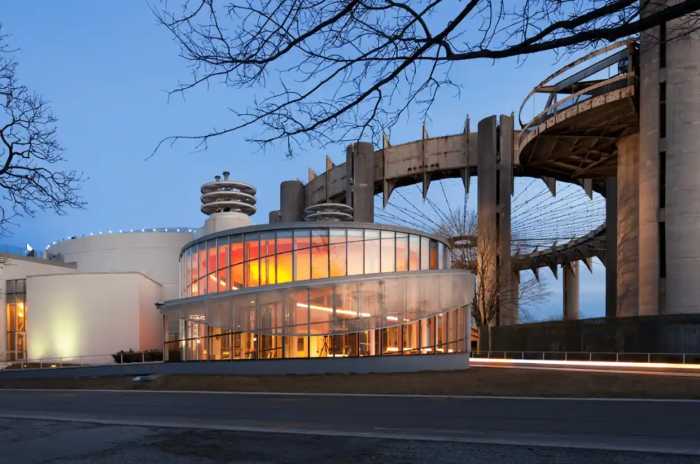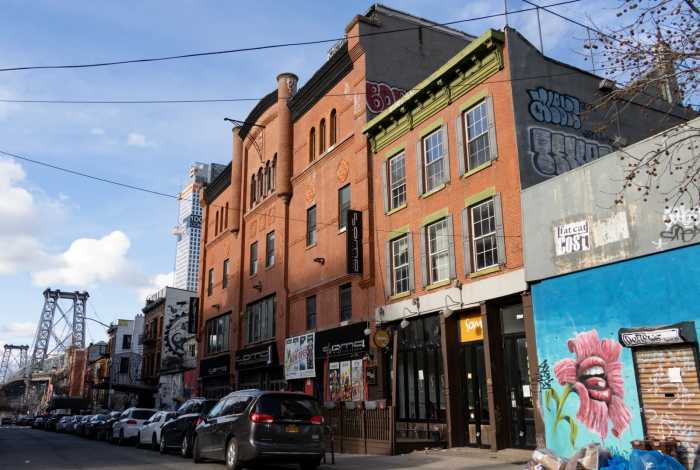New York City hit a major milestone this month by fully converting its heavy-duty vehicle fleet to renewable diesel fuel, making the nation’s largest city also the first on the East Coast to implement this green technology at such a large scale.
The transition, which took nearly a year, includes 12,500 vehicles, encompassing everything from garbage and fire trucks to ambulances, snowplows and other specialized equipment.
Make no doubt about it, this is a major accomplishment. Converting the municipal fleet to renewable diesel is a significant step forward that will reduce emissions, improve public health and serve as a bridge until the city can fully electrify its fleet to meet its 100 percent zero emissions vehicle goal.
The truth about full electrification is that we’re just not there yet. The attendant cost, disruption, infrastructure investments, and technological advancements will take time to overcome. As the then-City Council majority leader told NY1 when a bill establishing the 2038 zero emission fleet goal was passed, “it’s going to have to be a process to get there” and “we’re not going to bankrupt the city doing this.”
While the city is working toward its electrification, renewable diesel is reducing emissions right now — progress that is essential as a series of challenges, from the cancellation of renewable generation projects to global supply chain disruptions, has forced the state to reconsider its decarbonization timeline.
New York’s climate law requires the state to obtain 70 percent of its power from renewable energy sources by 2030 and net-zero emissions by 2040. But a recent state report determined the first target will likely be delayed until 2033. In addition, a state comptroller’s audit found the Public Service Commission (PSC) isn’t effectively working to meet the 2030 and 2040 targets and lacks a backup plan if they aren’t met.
The magnitude of New York City’s success rises in the face of these challenges. That accomplishment was made possible by renewable liquid fuels, about which there are some misconceptions that need addressing.
Contrary to some critics’ misleading claims, the biomass-based diesel being deployed in the city’s heavy-duty vehicle fleet is made from waste, such as used cooking oil, rendered animal fat and inedible corn oil.
These same critics have also questioned the significance of the transition on reducing particulate matter by misrepresenting studies commissioned by the state agency leading New York’s clean energy transition.
In fact, the 2021 study commissioned by the New York State Energy and Research Development Authority (NYSERDA) determined that the use of renewable diesel could lead to a reduction of up to 40 percent of particulate matter in older engines not equipped with diesel particulate filters.
Ultimately, the conversion of the city’s fleet to renewable diesel fuel will prevent 162 million pounds of global carbon dioxide emissions from entering the air every year. At a time when the future of the city’s congestion pricing program — and its promised environmental benefits — is unclear, our ability to lower vehicle emissions through other means has taken on heightened importance.
The most fervent environmentalists reject all options of reducing emissions, save the immediate electrification of everything — from public and private transit to heating and cooling systems. This is not only logistically impossible at present, it’s irresponsible, as it would maintain the status quo until the switch can be flipped, unnecessarily exposing New Yorkers to dangerous emissions levels instead of doing what we can to reduce them in real time.
The state’s electrical grid right now simply cannot handle the increased loads full electrification will entail, according to the New York Independent System Operator (NYISO), which has repeatedly warned about thinning reliability margins that increase the city’s risk of potentially dangerous power outages. Making the investments to the grid to accommodate rising demand driven by electrification while also hardening it against extreme weather events driven by climate change will take time and millions upon millions of dollars.
Reaching the city and state’s clean energy targets is a goal we all share. But reaching these targets is a process that requires using the tools currently at our disposal. Letting perfect be the enemy of the good only serves to derail our progress.
— Rocco J. Lacertosa is CEO of the New York State Energy Coalition, Inc. Kris DeLair is Executive Director of the Empire State Energy Association, Inc.
Read More: https://www.amny.com/opinion/





































